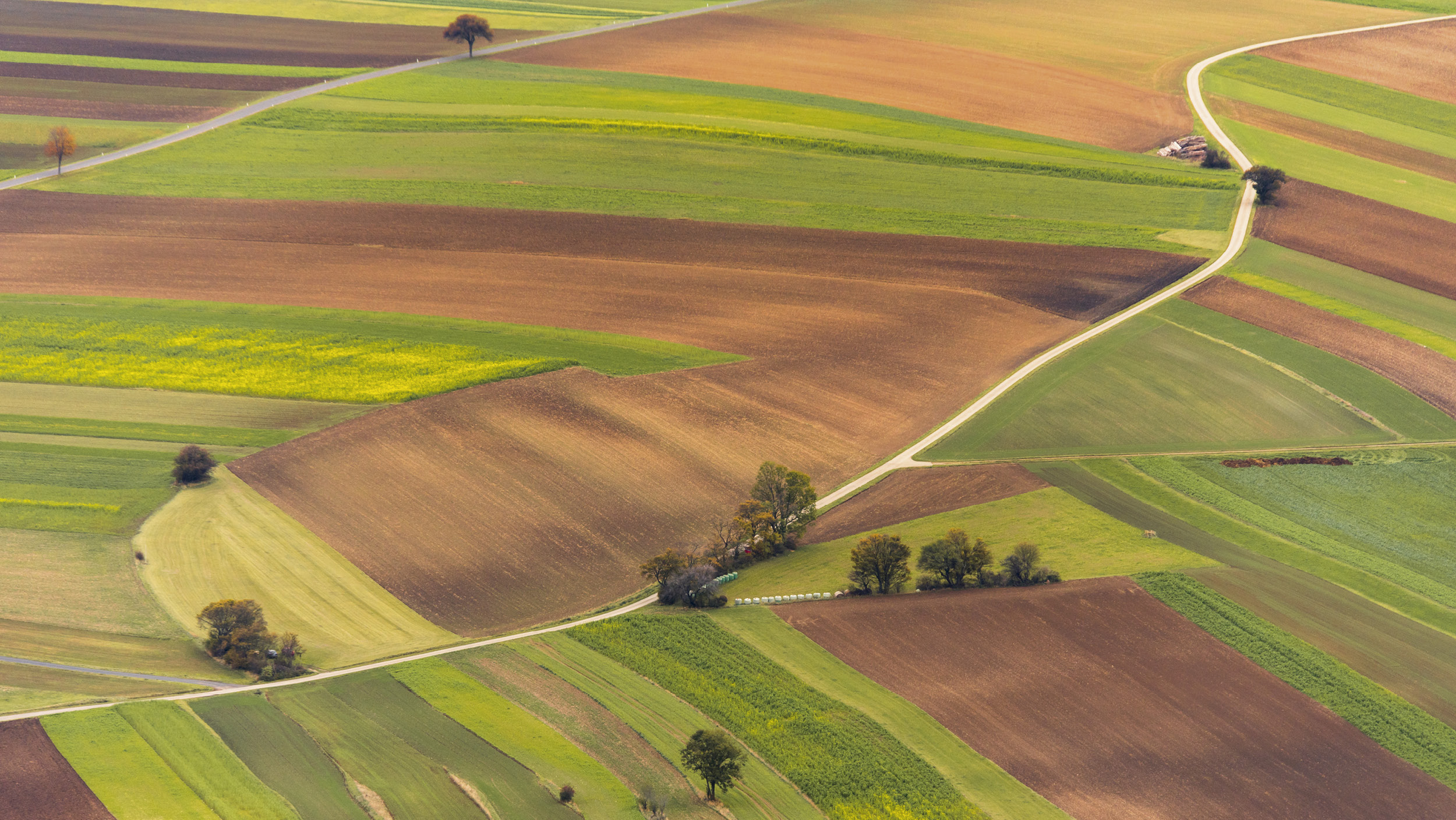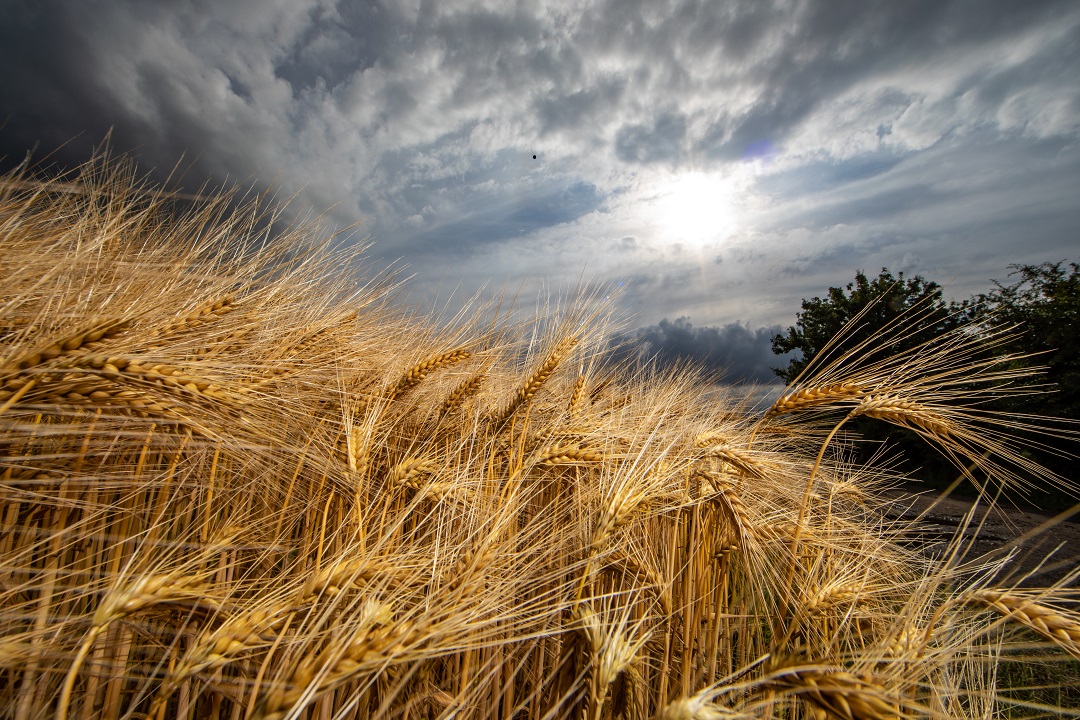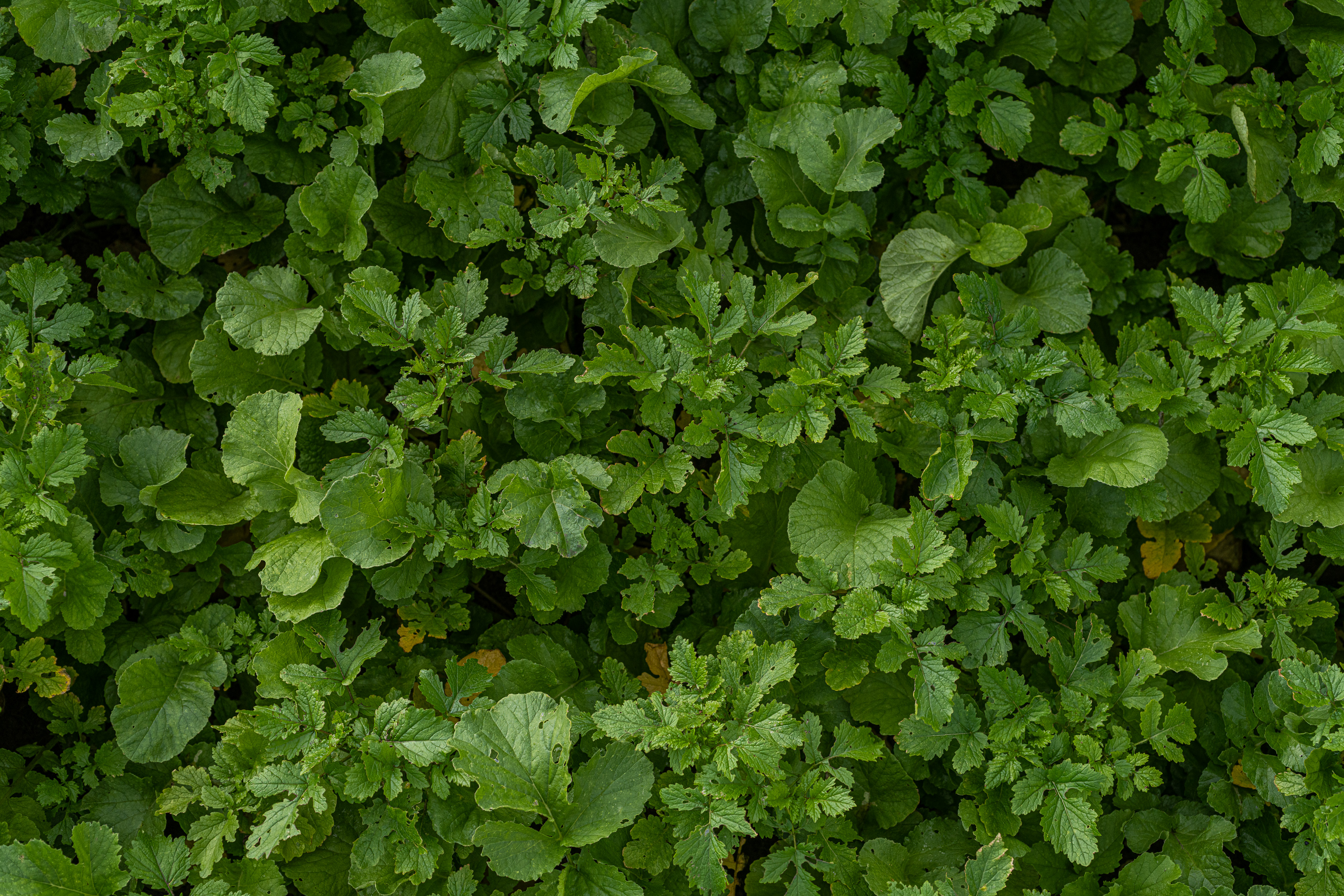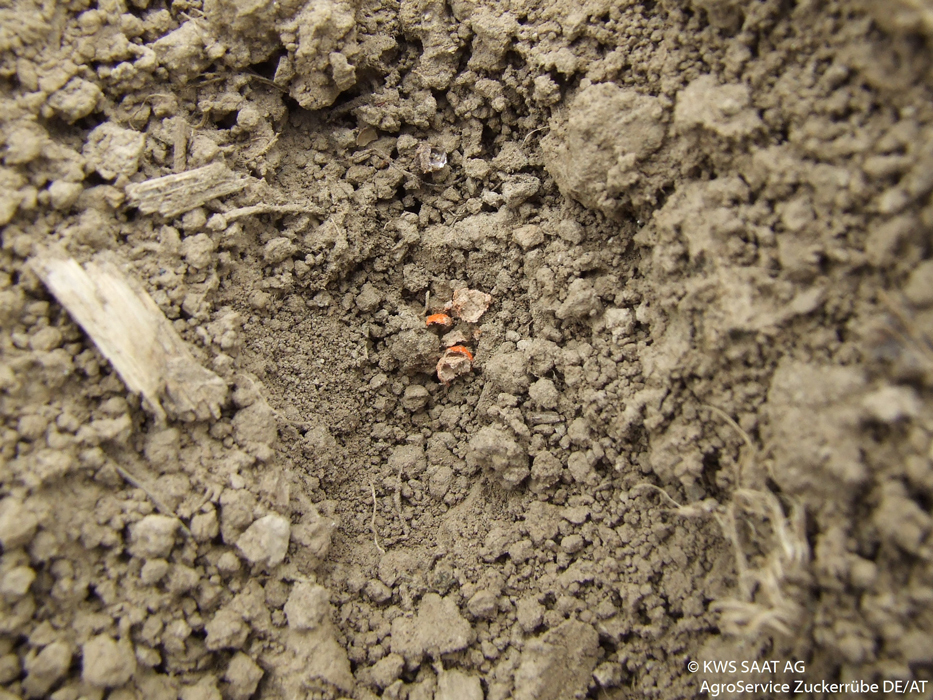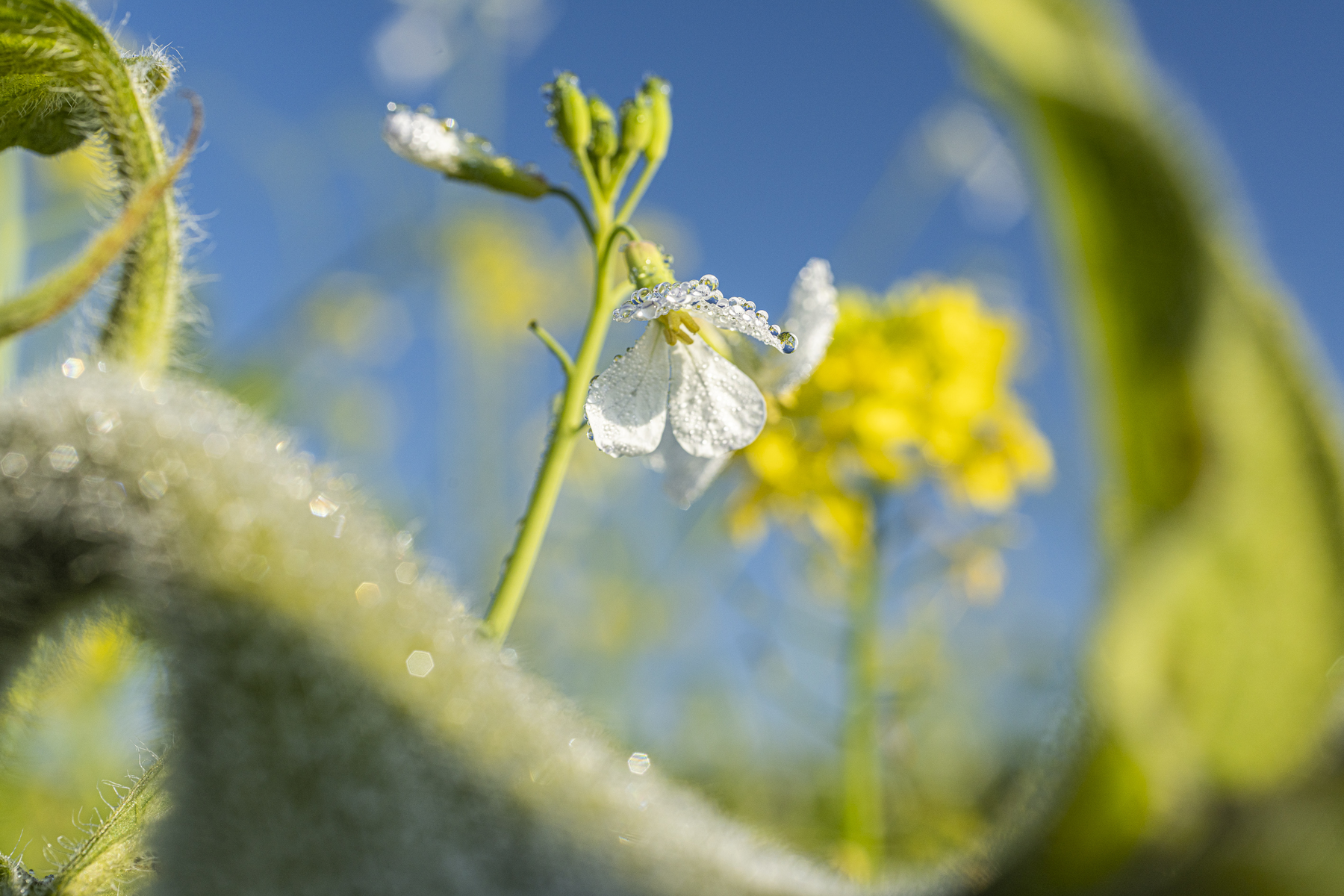Crop rotation effects on soil and crop
Topsoil, subsoil, cover crops
The topsoil should, if possible, consist of a fine crumb structure and be interspersed with harvest residues and fine roots. A single grain or aggregate structure with macropores without damaging compaction should be aimed for in the subsoil.
If such structures exist, it is important to maintain them, among other things, by cultivating cover crop mixtures.
What is more: In all operations, care must be taken to ensure that the floor is protected and that the structure of the floor is not destroyed but improved. The workability and navigability must be checked regularly.
Cover crops with special properties
Some species have special properties that also have a positive effect on the soil. Legumes, for example, live in a symbiosis with nodule bacteria and, in exchange with organic carbon compounds, can bind nitrogen from the air - so the soil nitrogen is not only stored in the plant, but even reproduced naturally. Other species, in turn, are able to make certain nutrients available to the plants through their root excretions in the soil.


